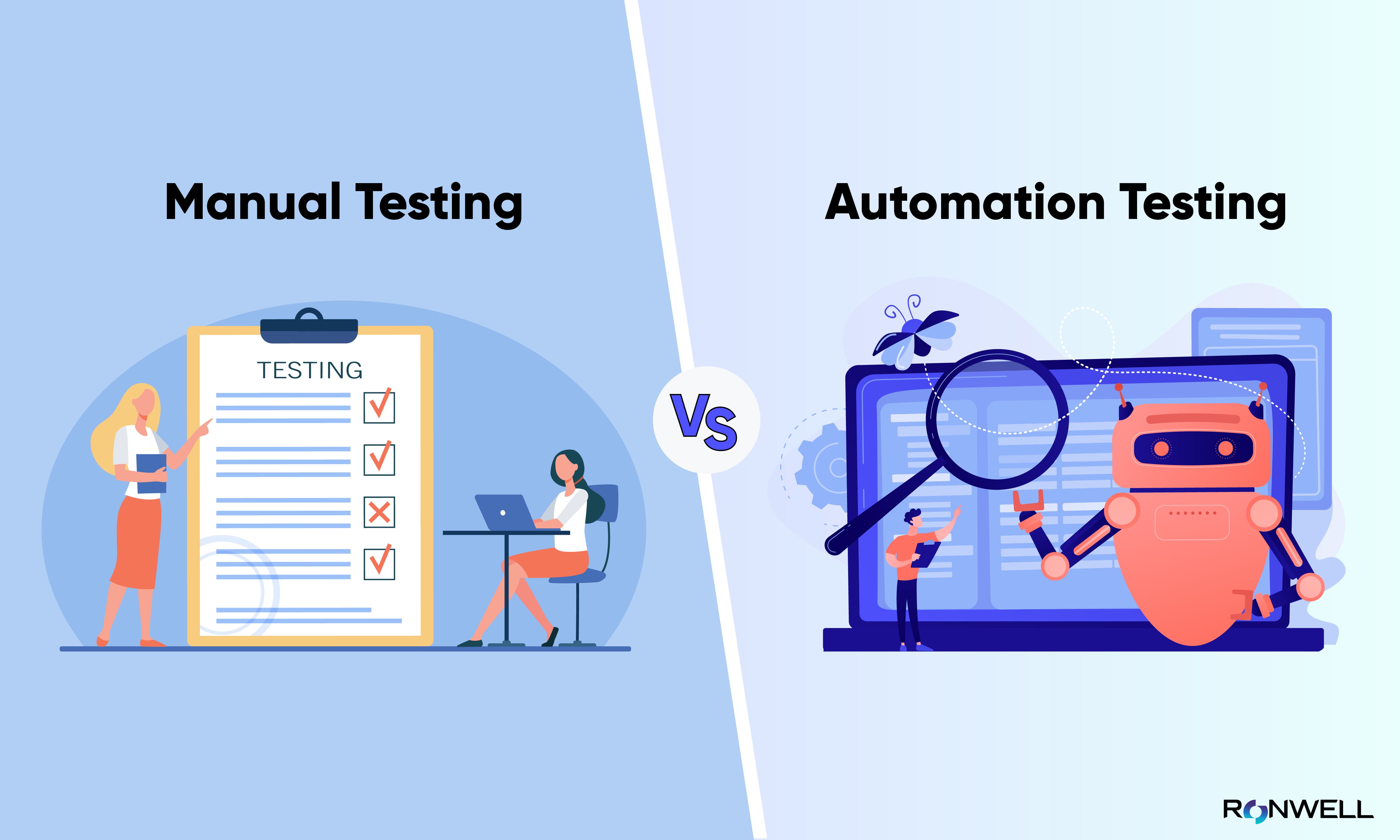Automation Testing: Secret Tips to Simplify Advancement Lifecycles
Wiki Article
Guaranteeing Success in Automation Testing: Key Metrics, Challenges, and Solutions Every QA Team Need To Know
In the world of software application high quality assurance, the landscape of automation screening is ever-evolving, requiring a meticulous method to make certain smooth procedures. The trip to mastering automation screening is paved with nuances that require a keen eye for surveillance, evaluation, and constant improvement. As the sector thrusts forward, the pursuit for optimal efficiency in automation screening remains a continuous quest, advising QA teams to furnish themselves with the knowledge and strategies essential for accomplishment.Relevance of Trick Metrics
Recognizing the value of essential metrics is important for evaluating the performance and effectiveness of automation testing procedures. Secret metrics serve as quantifiable procedures that provide useful insights into various facets of the testing procedure, such as examination coverage, examination execution time, problem thickness, and examination case effectiveness. By evaluating these metrics, QA groups can identify traffic jams, ineffectiveness, and areas for enhancement within their automation testing framework.One critical element of crucial metrics is their capacity to track progression and monitor the general health and wellness of the screening process (automation testing). They enable stakeholders to make enlightened decisions based on data-driven understandings, which can bring about more efficient screening strategies and better source allocation. Additionally, crucial metrics can assist groups established sensible objectives, determine the success of automation campaigns, and show the ROI of automation testing initiatives

Usual Difficulties Encountered
Challenges frequently run into in automation testing processes can substantially affect the overall efficiency and efficiency of QA teams. Among the major difficulties is the option of the appropriate test instances for automation. Not all test cases are appropriate for automation, and picking the incorrect ones can result in lost time and sources. Additionally, preserving examination manuscripts can be a complicated job, especially as the application undertakes regular changes. Test manuscript upkeep requires constant updates and adjustments to guarantee they show the existing performance accurately. An additional usual obstacle is the preliminary financial investment needed for establishing up automation frameworks and tools. This can be an obstacle for some organizations, especially smaller sized ones with restricted budget plans. Automation screening may not cover all facets of screening, such as usability and customer experience screening, which still need manual treatment. Getting over these obstacles calls for proper preparation, calculated examination case option, robust maintenance processes, ample sources, and a clear understanding of the restrictions of automation screening.Effective Solutions for Difficulties
To address the challenges experienced in automation screening, carrying out efficient options is essential for improving the effectiveness and efficiency of QA groups. One essential service is to invest in durable training programs for QA teams to guarantee they have the required skills to successfully utilize automation tools. Training can link understanding spaces, enhance understanding of automation structures, and enhance scripting capabilities, eventually leading to much more effective test creation and implementation.
Another important option is to develop clear interaction networks within the QA team and with other stakeholders, such as developers and task supervisors. Reliable interaction assists in aligning assumptions, sharing progression updates, and immediately attending to concerns or obstacles that might arise throughout the automation screening process.

Monitoring and Analysis Strategies
Executing reliable tracking and evaluation techniques is essential for ensuring the success and performance of automation testing processes. By making use of tracking tools, QA groups can track the efficiency useful source of test scripts, recognize traffic jams, and determine areas for renovation. Real-time monitoring enables quick detection of issues, allowing quick action and resolution. In addition, assessing test results and metrics supplies important insights into the top quality of the software program being tested and the performance of the testing technique.One secret technique in surveillance and analysis is making use of control panels that settle appropriate metrics and KPIs in an aesthetically available style. These control panels supply a detailed summary of test execution standing, examination insurance coverage, defect fads, and other vital information. Regularly reviewing and assessing these control panels can aid QA groups make informed decisions, prioritize tasks, and enhance screening initiatives.
Moreover, implementing automated signals and notices based upon predefined limits can boost positive monitoring and prompt intervention. By establishing signals for performance deviations or examination failures, teams can attend to problems immediately and stop them from intensifying. Overall, tracking and evaluation strategies play an essential function in making certain the performance and success of automation testing efforts.
Constant Enhancement Methods
Enhancing the effectiveness of automation testing processes requires the regular refinement of methods and methodologies. One essential technique to boosting automation screening procedures is to perform regular evaluations and retrospectives.
Conclusion
In conclusion, it is important for QA teams to recognize the crucial metrics, obstacles, and remedies in automation testing to ensure success. By meticulously keeping track of and analyzing data, implementing efficient services to usual obstacles, and continuously improving techniques, QA groups can maximize their screening procedures and supply top quality software items. Complying with these methods will ultimately lead to a lot more reliable and effective automation testing methods.By analyzing these metrics, QA groups can determine bottlenecks, ineffectiveness, and locations for improvement within their automation testing framework.
Furthermore, crucial metrics can help teams set realistic goals, measure the success of automation efforts, and demonstrate the ROI of automation testing initiatives.
Obstacles typically come across in automation testing procedures can considerably affect the overall performance and efficiency of QA teams. Automation testing may not cover all aspects of screening, such as use and customer experience screening, which still need manual intervention.In final thought, it is important for QA groups to comprehend the essential metrics, obstacles, and solutions in automation testing to make sure success.
Report this wiki page